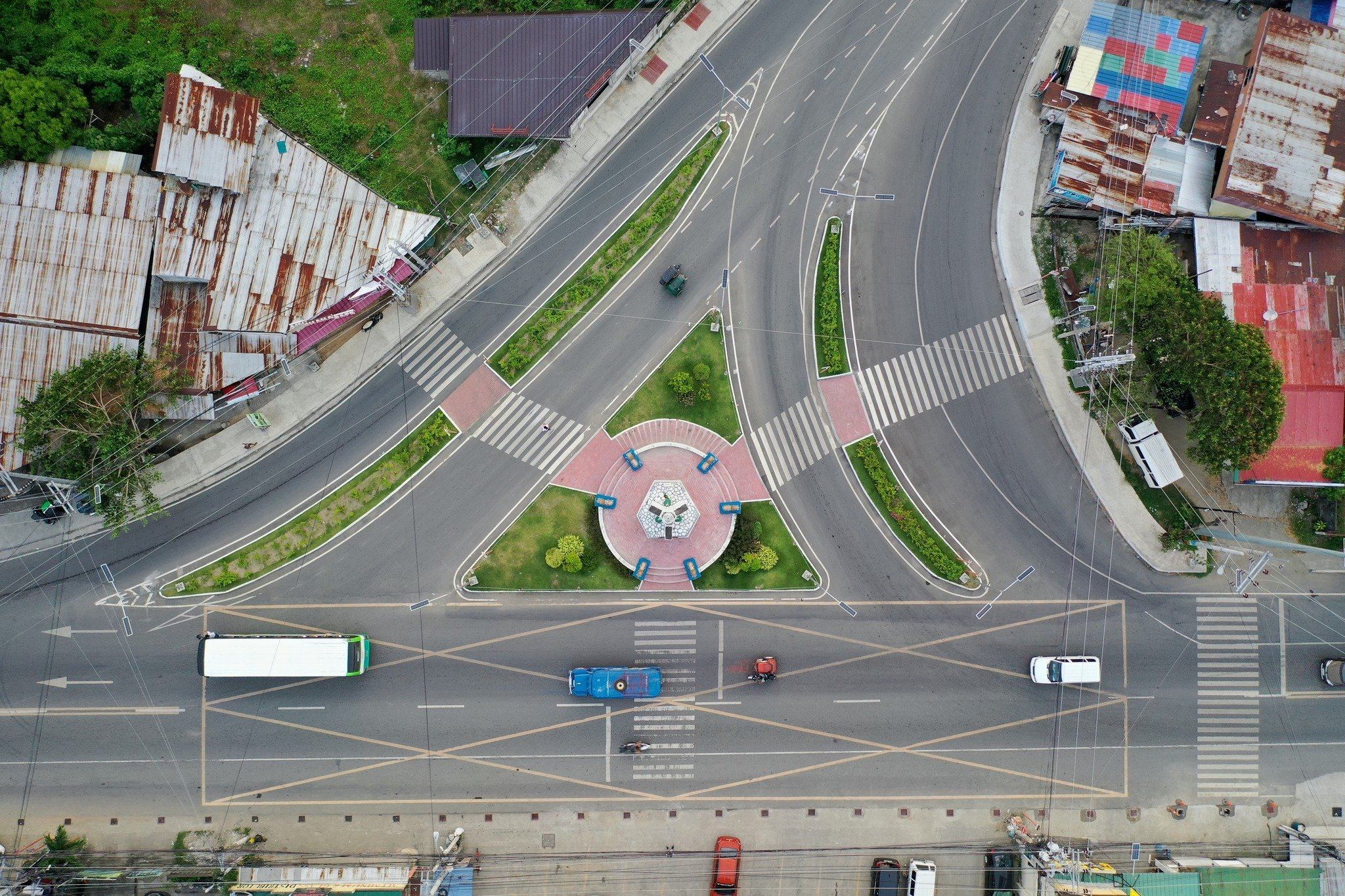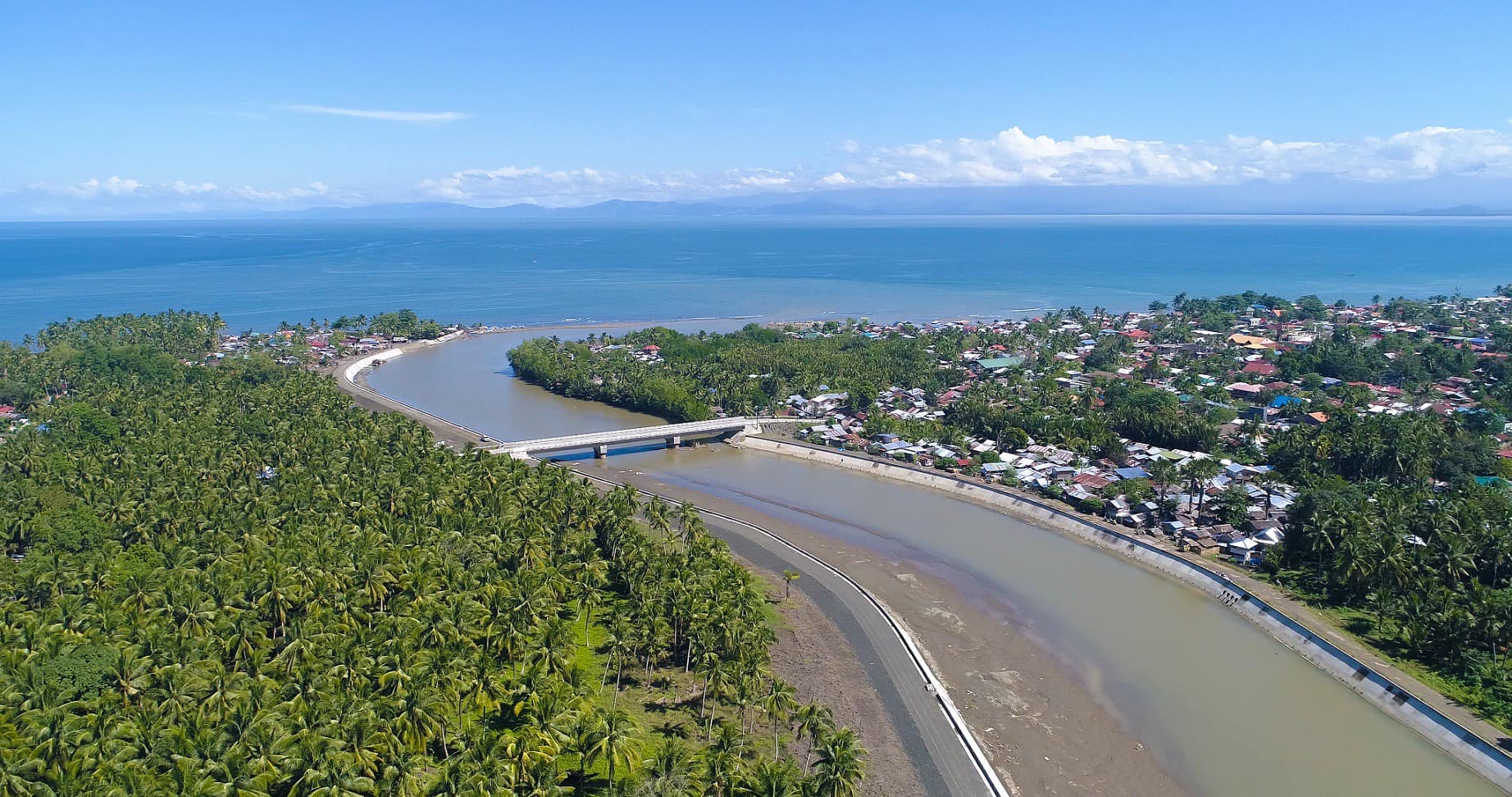According to some analysts, the current status of our economy makes it the ideal time to invest in real estate, or more precisely, to buy a house and lot in the Philippines for public investment purposes. However, there are a lot of factors to take into account before making any decisions, so it’s crucial to be well-informed, especially if this is your first time investing.
Infrastructure improvements are crucial to take into account when it comes to real estate because they have an impact on the overall cost of living in a specific area. What causes that, then? Let’s examine infrastructures in more detail and how these initiatives can affect the housing market.
Infrastructure development importance in the Philippines

The development of the country’s infrastructure helps with its integration with global markets and with its access to the rest of the world at a lower cost. It is necessary to have infrastructure services in order to raise corporate productivity and output levels while simultaneously decreasing the costs of production and transportation.
Trying to Get a Grip on the Infrastructures
Roads, bridges, airports, trains, and buildings are all examples of the various types of physical amenities that are required for the day-to-day operation of a civilization. The term “infrastructure” can be understood in its broadest sense to refer to all of these diverse types of physical amenities.
It is usual practice for such infrastructure to play a crucial role in the expansion and development of an economy of a nation. This is due to the fact that it streamlines the process of transporting both products and people from one city to another, and it also links regions to one another in order to provide much-required access to a variety of goods and services.
In addition to this, it makes it easier for local businesses to develop and provides chances for employment for the local labor force in the area.
In the Philippines, the formulation of economic policies, planning and programs at both the national and subnational levels falls under the purview of the National Economic and Development Authority, also known as NEDA.
In addition to analyzing, monitoring, and evaluating infrastructure projects, the organization also conducts short-term policy assessments in order to offer decision-makers with a critical analysis of issues relevant to development. The goal of these evaluations is to provide the decision-makers with information that will help them make informed choices.
It is an autonomous cabinet-level agency that collaborates closely with other government agencies to improve not only our infrastructures but also our economy as a whole. Its mission is to make the United States competitive in the global economy. The President of the Philippines acts as the chairperson of the agency, and he or she is responsible for exercising general supervision over the organization.
A Wide Variety of Infrastructures, Each of Which Can Have an Effect on the Cost of Residential Property

It is essential that the effect that improvements in infrastructure have on property prices not be underestimated at any cost. The presence of a robust public infrastructure in a region can be beneficial to the prices of residential properties there.
This infrastructure push includes, among other things, roadways, airports, train stations, public utility companies, and communication networks. In many contexts, this might be viewed as a positive development.
You should be aware of the following infrastructure improvements as real estate investors since they are all in high demand and because you should be aware of them.
- A method of transportation
People will have a better chance of finding a property that is suitable for them to reside in the area if they have access to public transit systems like trains, buses, and subways. This is because people will have an easier time getting around the area if they can use these types of transportation.
- Communications via wired and wireless means
The field of telecommunications has a substantial influence on the market for residential and commercial properties. Having reliable internet and mobile network coverage makes a geographic area more appealing to potential buyers because it enables individuals to stay connected and carry out work online.
Additionally, this makes the location more competitive in the marketplace. When establishing the worth of a piece of real estate in today’s modern and digital environment, this aspect is becoming an increasingly important consideration to take into account.
- Streets and Boulevards/Highways
When there are decent roads and highways in an area, it is much simpler for people to move around within that area, be it a city or a region. They reduce the amount of time needed to travel, which in turn leads to an increase in the demand for real estate in regions that are close to roadways.
- Schools and Other Learning Institutions
If there are reputable educational institutions in the surrounding area, then people are more likely to relocate to the area in order to bring up their own children there.
As a consequence of this, there has been a spike in demand for real estate, notably condominiums and dorm buildings, as well as a reasonably priced house and lot for a family that is just starting out.
- Hospitals and other medical facilities
The value of real estate in an area rises when there are both good schools and hospitals located within a short distance of each other in the neighborhood. People are paying more attention than they ever have previously to their own health as a direct result of the epidemic.
As a consequence of this, having a clinic or hospital in close vicinity is a priority for them before they make any financial expenditures because it provides them with the convenience, comfort, and peace of mind that comes along with it.
- Airports and forms of aerial transportation
Airports have the ability to not only improve the amount of tourism that occurs within our country but also to increase the values of real estate. The addition of an airport to a city makes it more approachable to a larger number of international tourists and investors, both of which have the potential to have a beneficial effect on the local real estate market.
- Applicability to the General Public
The knowledge that their most fundamental need will be supplied by trustworthy public services, such as power, gas, water, and sewage systems, amongst others, helps purchasers feel more confidence in investing in the area. This knowledge helps buyers feel like they have more options when it comes to meeting their needs.
A List of the Philippines’ Most Notable Pieces of Infrastructure development
The following list of 10 of the most iconic infrastructures in our country, established either in the recent years or in the present day, can help you gain a better understanding of the topic.
1. The Expressway Connecting Cebu and Cordova
2. The Cultural Center of the Philippines (in Filipino)
3. The Philippine Lung Center (Lung Center)
4. Manila Hotel
5. The National Institute of Kidney Diseases and Transplantation
6. The National Museum of Fine Arts in Washington, D.C.
7. Ninoy Aquino International Airport
8. Project S-10, North Luzon Expressway Harbor Link
9. San Juanico Bridge
10. Stage 3 of the Skyway
List of the latest infrastructure developments in the philippines
- Air Traffic Services (ATS)-Air Navigation Services (ANS) Project
- Cagayan De Oro Bus Rapid Transit
- Davao City Bypass Road O&M PPP Project
- Davao Public Transport Modernization O&M
- Iloilo-Santa Barbara Bus Rapid Transit
- LRT Line 2 Operations and Maintenance
- Metro Manila Bike Share (MMBS) Project
- Metro Rail Transit (MRT) Line 3 O&M
- Modernization and Capacity Expansion for Ninoy Aquino International Airport (NAIA)
- MRT 5
- MRT Line 4 O&M
- National Transportation Database
- North Luzon East Expressway
- North NCR Intermodal Transit Interchange
- Northern Mindanao Railway Project
- Other regional airports
- Pacific Eastern Seaboard Expressway (“Luzon Eastern Seaboard”), Infanta – Atimonan Segment
- Philippine Automatic Fare Collection System
- San Mateo Railway Project
- Seafarers Training Vessels
- UP Citimall Development Project
- Vaccine Self-Reliance Project (VSRP)





